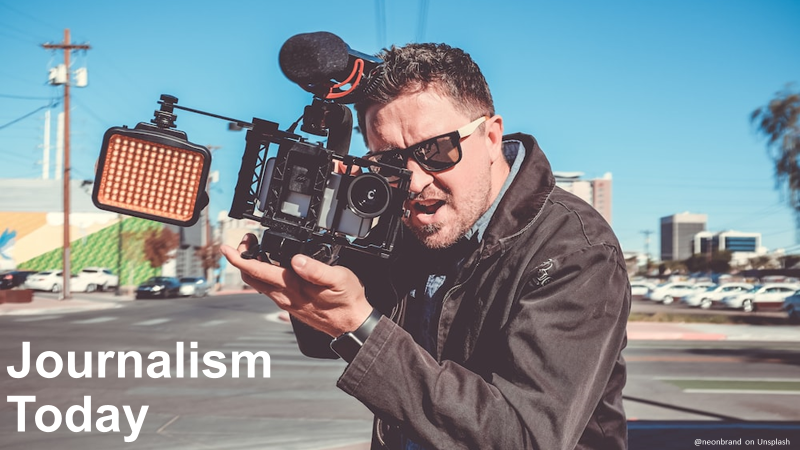You are here
Six Degrees of Musical Separation, Quantified
I was interviewed for an ABC Online science story the other day, about an article published by a number of physicists recently. Not the most likely story to comment on for an Internet researcher, you might think (even if, as it turns out, my first degree was in physics) - but what's happened here is that the researchers in question have applied complex network theory to the musicians' database of the All Music Guide (AMG), which both tracks collaborations between musicians and provides recommendations of musical similarity made by its panel of expert contributors. What's come out of this are two datasets, one indicating the network of collaborations across the 30,000-odd musicians tracked by AMG, and one showing the similarities between these artists as AMG's pundits see them.
One immediate point to note is that the collaboration dataset confirms what fans have known for a long time already: King Crimson bassist Tony Levin (who has also worked with artists from John Lennon to Seal) is now officially one of the world's ten best-travelled musical collaborators.
But beyond this, what's most striking is the difference between the collaboration and similarity datasets. Ranked most highly as collaborators are the session men, the rhythm sections, the accompanists - amongst the top ten there are two percussionists, two bassists, and two wind instrumentalists, as well as producer Rudy Van Gelder -, while the similarity dataset's top ten is a who's who of the top sellers (Sting, Joni Mitchell, Eric Clapton): those artists who have proven to be amongst the last 40 years' most iconic stars. Of course it's these artists who will be used most frequently to describe musical similarities - 'sounds like Joni Mitchell' is by far the more likely description to be applied to a relative newcomer like, say, Paula Cole than is 'sounds like Tony Levin', even though Levin actually does appear on some of Cole's albums...
The ABC Online article by Judy Skatssoon does a pretty good job of discussing this, although I'm not sure that my point about folksonomies at the end comes across quite clearly: what I'd been trying to say is that the problem with AMG's approach to describing similarities, as I see it, is that it relies on a relatively small number of contributing authors, who can't possibly be experts across the very wide range of styles covered by the site. So, it's likely that they'll rely on a relatively small number of touchstone artists to describe similarity: every female singer/songwriter eventually gets compared back to Joni Mitchell, every hard rock act to Led Zeppelin.
A broader-based folksonomic approach, which relies on all users' recommendations rather than merely on a small number of experts, might produce more varied results here (and with the help of some clever algorithms, this is exactly what Amazon's recommendations and Google's PageRank system rely on, of course). From my own past research into the communities of Progressive Rock fans online, for example, I'm very well aware that such specialised groups of fans exhibit an extremely detailed sense of similarities and relationships between different artists in their genre - far more detailed than any generalised music site and its staff could possibly have without becoming part of that community.
- Snurb's blog
- Add new comment
- 11965 reads
 Printer-friendly version
Printer-friendly version

![Creative Commons Attribution-NonCommercial-ShareAlike 2.0 License [Creative Commons Attribution-NonCommercial-ShareAlike 2.0 License]](http://creativecommons.org/images/public/somerights20.gif)





Comments
Update
By way of the fabulous Sid Smith, biographer to the stars, the story has now made it to the pages of DGMLive...
Axel Bruns